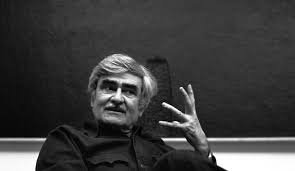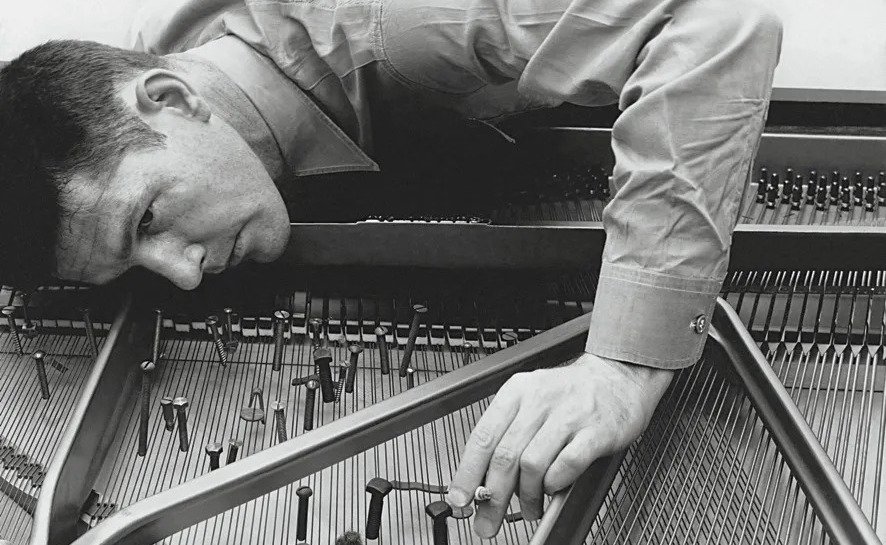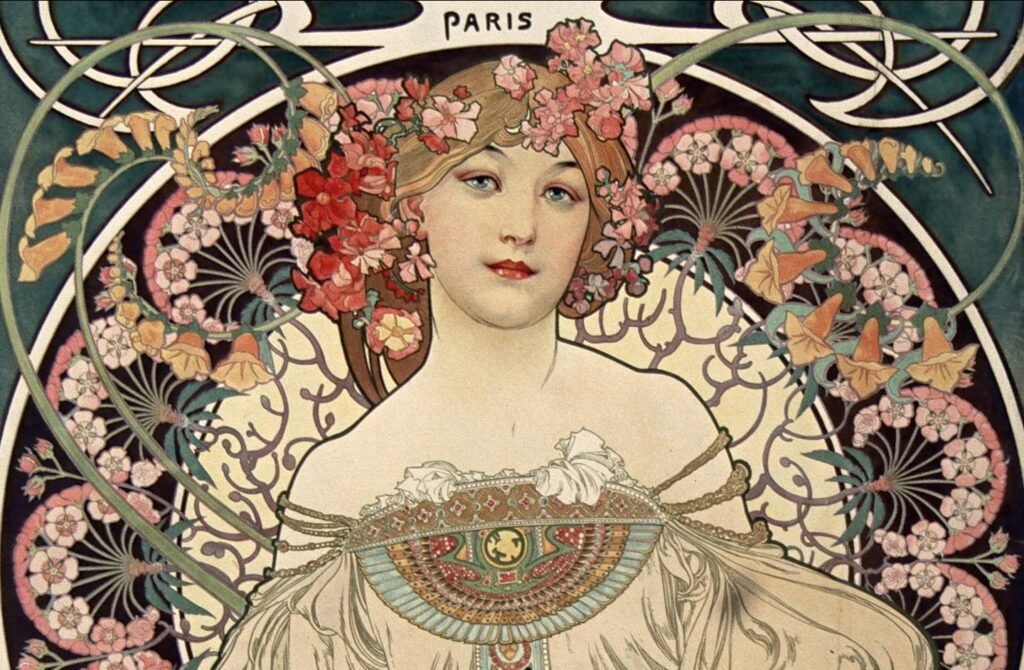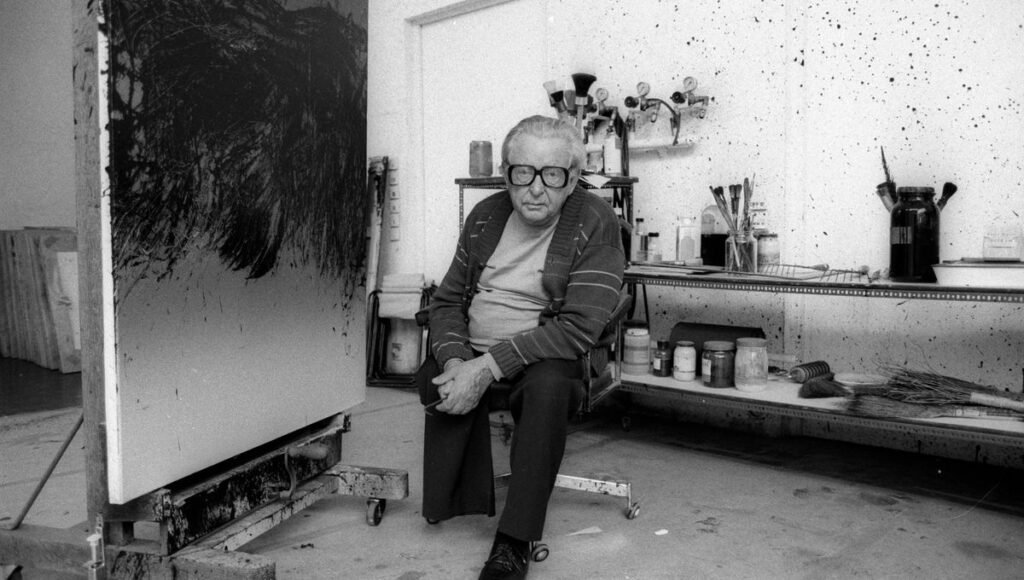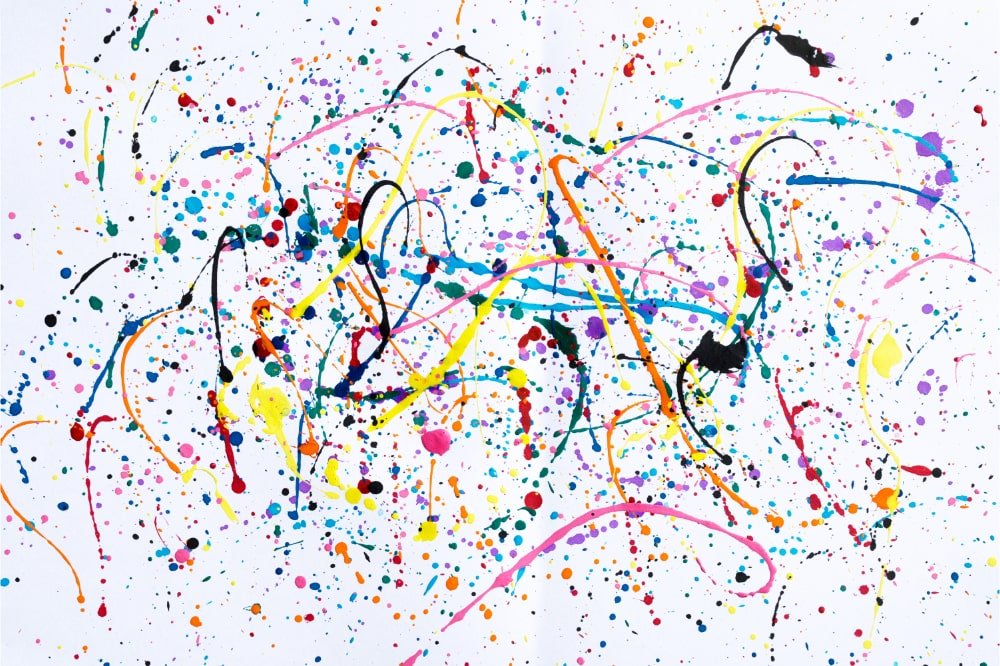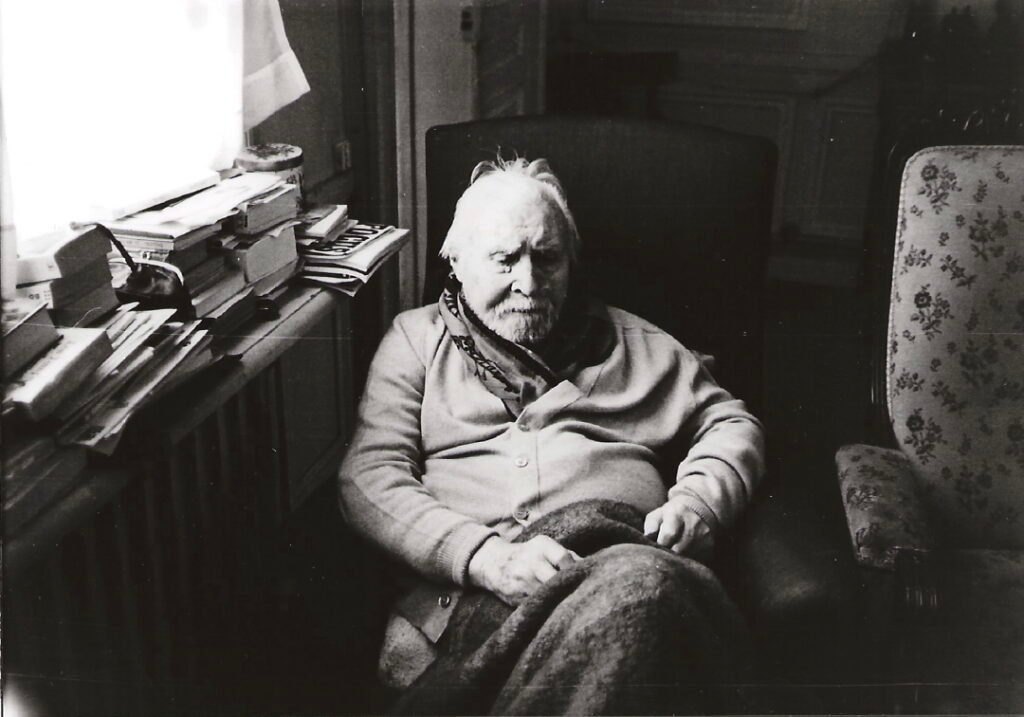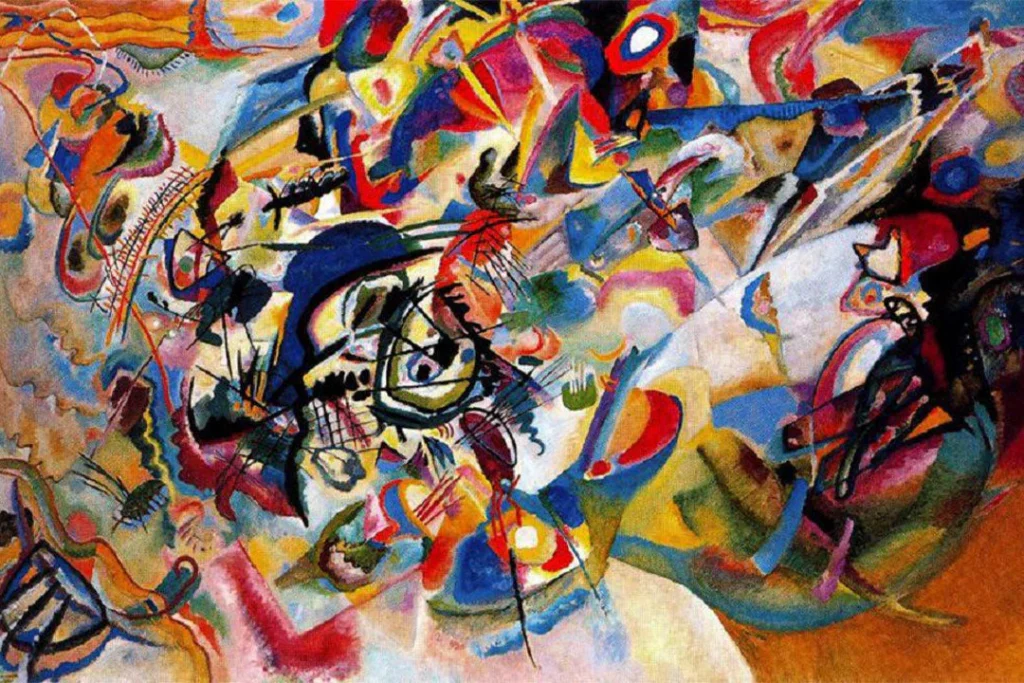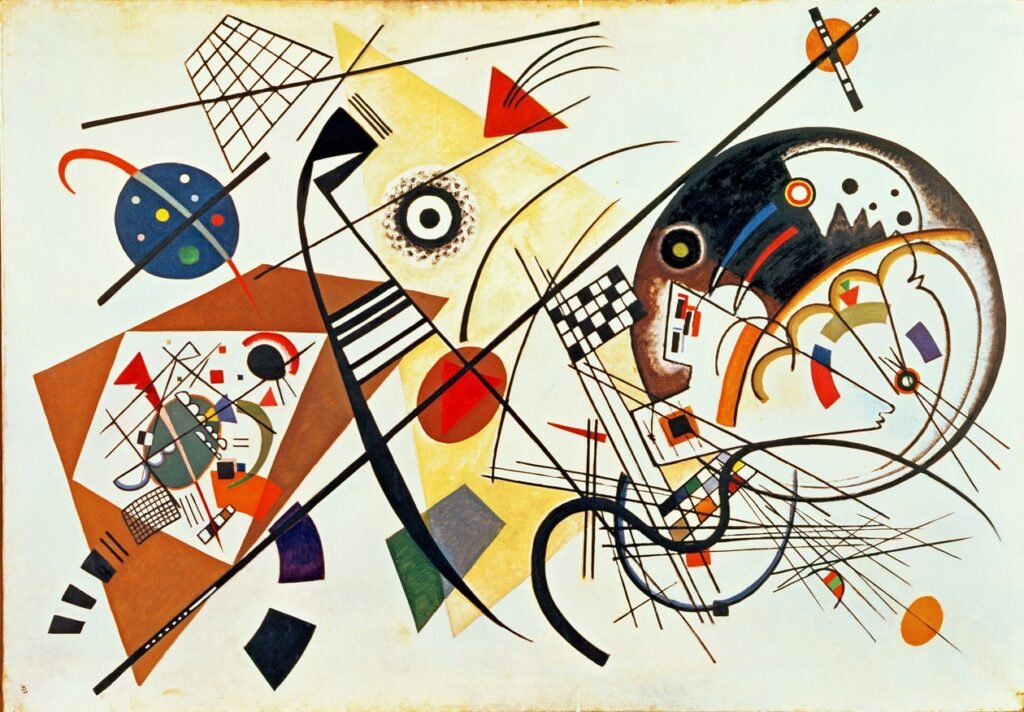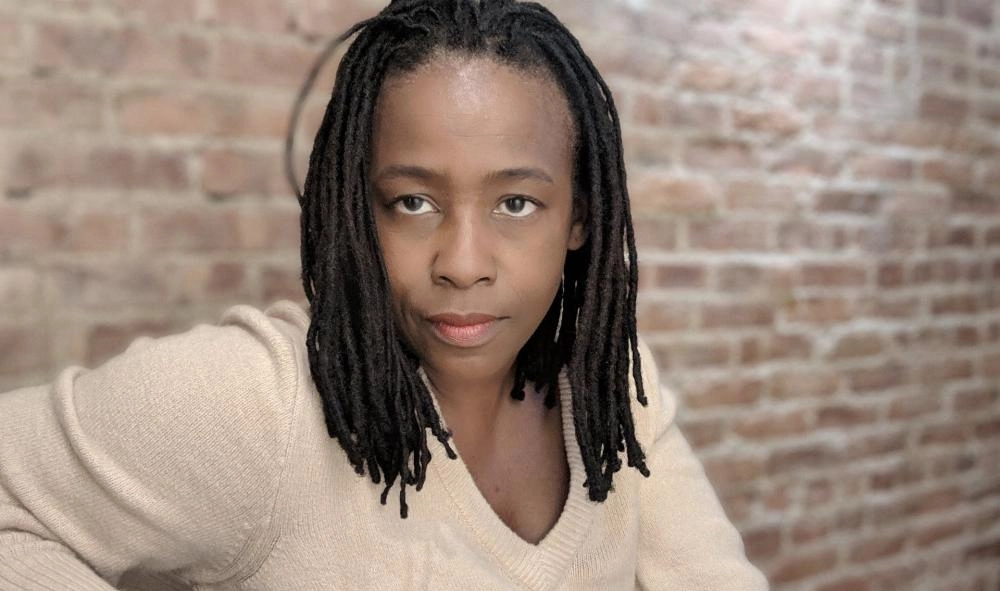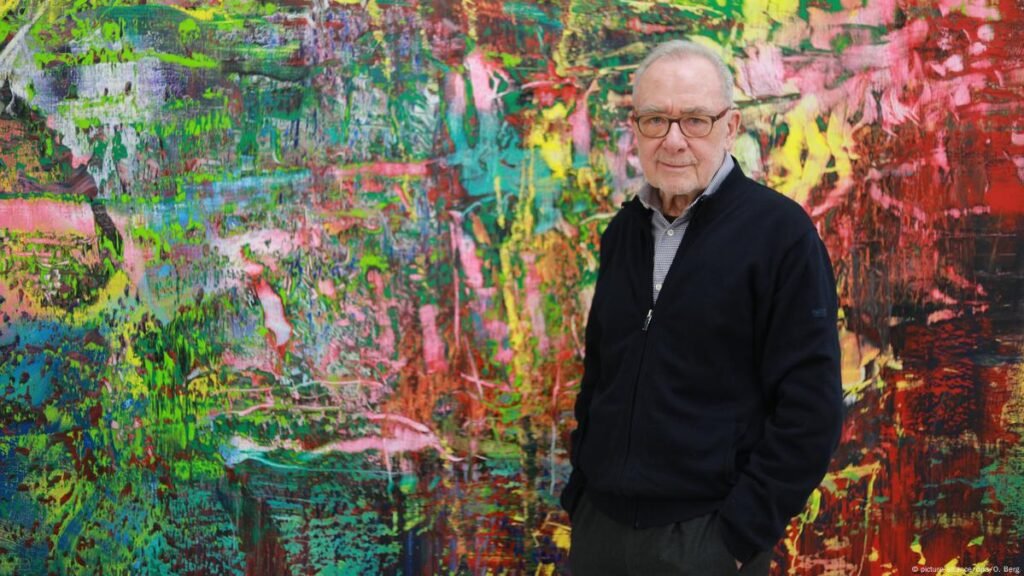Alberto Burri: When Trash Became a Sack
Alberto Burri did not paint. He manipulated matter like someone dealing with the remains of an interrupted story. His sewn, burned, and torn sacks are not allegories. They are unmediated surfaces. They do not represent pain but present themselves as pain. The sack, once used to carry flour, coal, or provisions, becomes a field of […]

